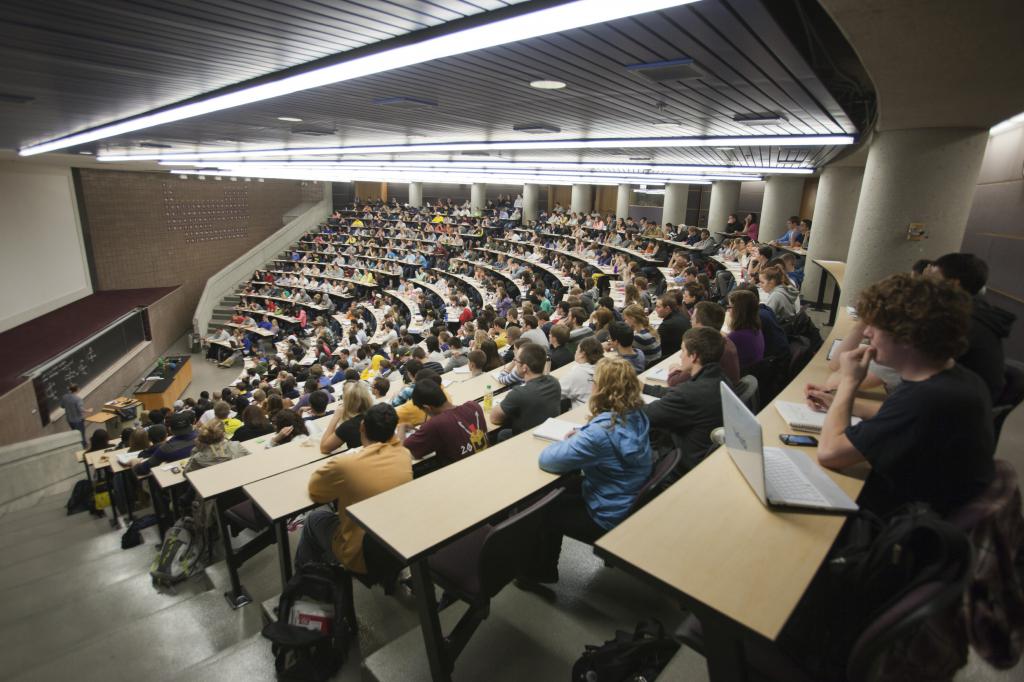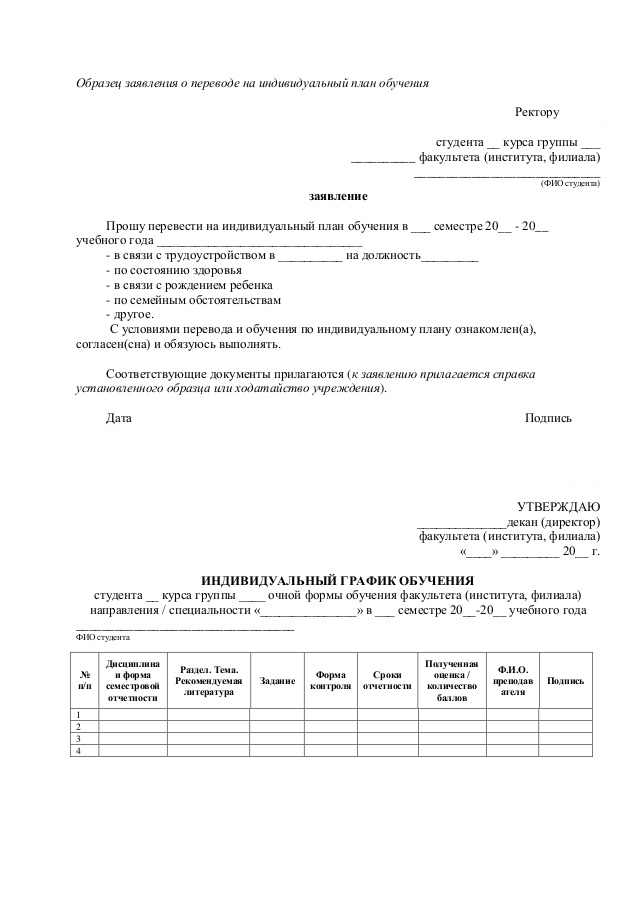Free attendance at the university is almost the ultimate dream of many not very conscientious students. Especially those who do not want to skip classes without good reason for fear of possible sanctions. Of course, there are those for whom free admission to the university is not a luxury, but a necessity. It is for such a category of people that local regulatory acts of higher education institutions provide an opportunity to avoid the need to attend all pairs. Provided by these documents is the fact that far from all students are able to make a certain schedule with their own hands and follow it. That is why in order to get the right to freely attend classes, you need to establish yourself as a conscientious student.

Who can go on an individual visit schedule
Making an application for free attendance at the university is quite difficult. The student must have a good reason provided for in the charter of the institution. Basically, the list of such reasons includes:
- serious diseases, both of the student himself and his immediate family;
- Holiday to care for the child;
- other circumstances, including the need to get a job.
Some universities provide an individual schedule of visits for students and workers in the specialty, especially if they have good grades. It is important to understand that free attendance at the university does not give the student the right not to attend classes on a particular subject at all. As a rule, he can visit fewer couples and must attend the exam or the test.

How is a free schedule arranged?
How to arrange a free visit to the university, the student will be prompted by the administration of his faculty or institute. Usually the successful solution of this issue to some extent depends on the relationship of the student and dean's office. Students who find themselves in certain circumstances, such as having a baby or a disease, may be offered to take an academic leave or even transfer to another form of study - distance, evening or even distance. This is especially true for those universities that do not welcome free attendance at classes or in which it is difficult due to the study program. If the administration of the faculty does not see obstacles to the free attendance of classes by this student, then each pass of classes will be counted. A student who fails to pass the exam or accumulated debts in a timely manner may be expelled for poor performance.

Free Schedule Permission Procedure
How to get free attendance at the university, as mentioned above, can be suggested by the dean's office. In any case, the student will have to go there, as the procedure for obtaining will be different for each university. You can first read the charter to have an idea of what you have to do. As a rule, you must first visit the dean’s office in order to get permission to switch to an individual schedule. The permit is printed on a specific form on which the student will need to collect the necessary number of signatures from those teachers who teach him in the coming semester. The teachers, having signed, agree that this student will skip their pairs.

What documents are required to switch to a flexible schedule?
In addition to the sample application for free admission to the university, the dean’s student will be given a list of documents that he will have to provide.As a rule, this list consists of one item: the student must provide a certificate of good reason for missing classes. The certificate should indicate that the student does not have the opportunity to attend the entire educational process. Usually, collecting the necessary documents and filling out an application will allow the student to skip lectures, but laboratory work and practical exercises will most likely have to be attended without passes. But all these points are negotiated individually with each teacher.
A sample application for free visits may look like this:

As already mentioned, in the application, the student must indicate the reason for missing classes and collect all the necessary signatures from the teachers. After that, you need to apply to the dean (director) of the structural unit so that he signs a permit for an individual visit. The last step will be the transfer of the application signed by the head of the university to the administration for the execution of the order.
Positive and negative aspects of free graphics
Free admission to the university has both pros and cons. The absence of a student in the classroom is fraught with the fact that important moments of training will be missed. The student will need to independently organize his time in order to have time to learn everything that other students are taught in pairs. He will need to use specialized literature, find textbooks and reference books. It is important to understand that no books can replace live communication with a teacher who can be asked any question of interest. If a student cannot pair up, it’s not a fact that he can study at home. Therefore, it is worth considering the option with academic leave - this will give the student the opportunity not to attend classes at all during the year.
Keep in mind that some teachers, even by signing a document, may have a negative attitude towards a student who is missing classes, and the reasons do not bother anyone. Students with a free schedule may be required more during the session and certainly they will not be able to get an “automatic machine”.

Comparison of individual schedule and other forms of training
An individual schedule can be compared to some extent with correspondence courses, however, they also have significant differences:
- A student can attend some classes to the fullest, in contrast to the correspondence form of study, where the individual plan of the specialty prescribes the number of hours for each subject.
- Studying according to a free schedule, a student can take a session at any convenient time, and those who study in correspondence form are tied to a drawn up schedule.
- Upon completion of individual training, the student will receive a full-time diploma, which, as is commonly believed, is more welcome by employers. The correspondence form is not so much appreciated.
- A student studying in the correspondence form does not study many disciplines of those that take place in the full-time department.
